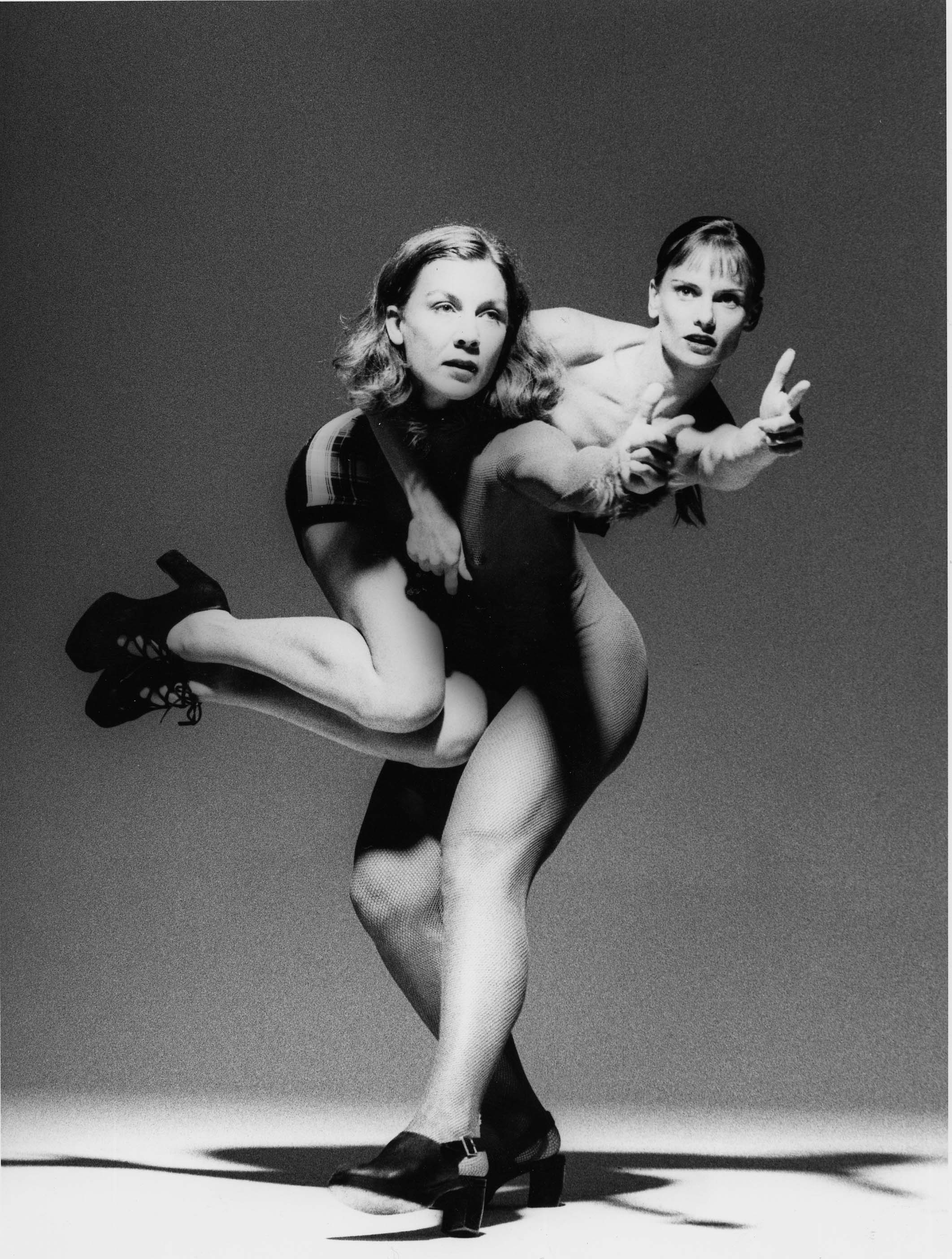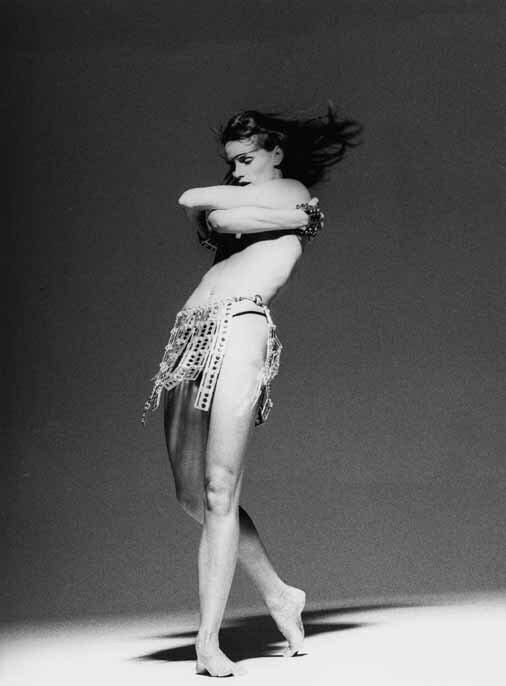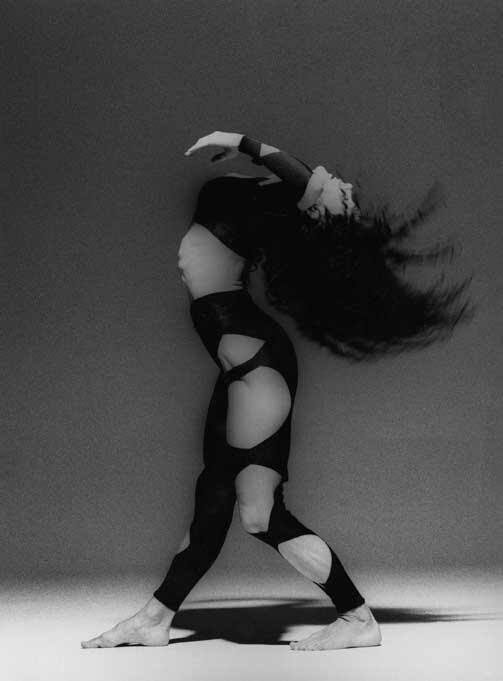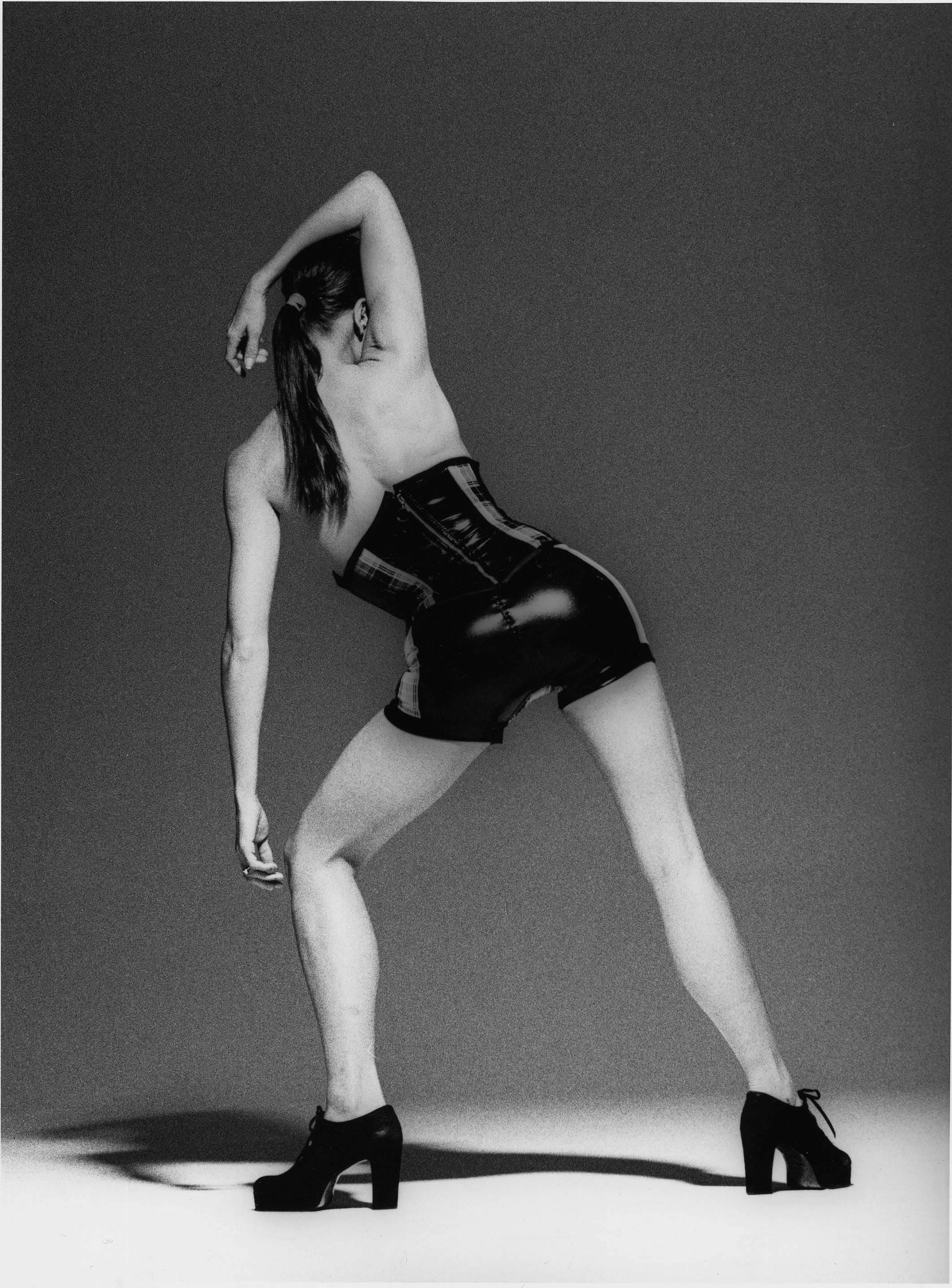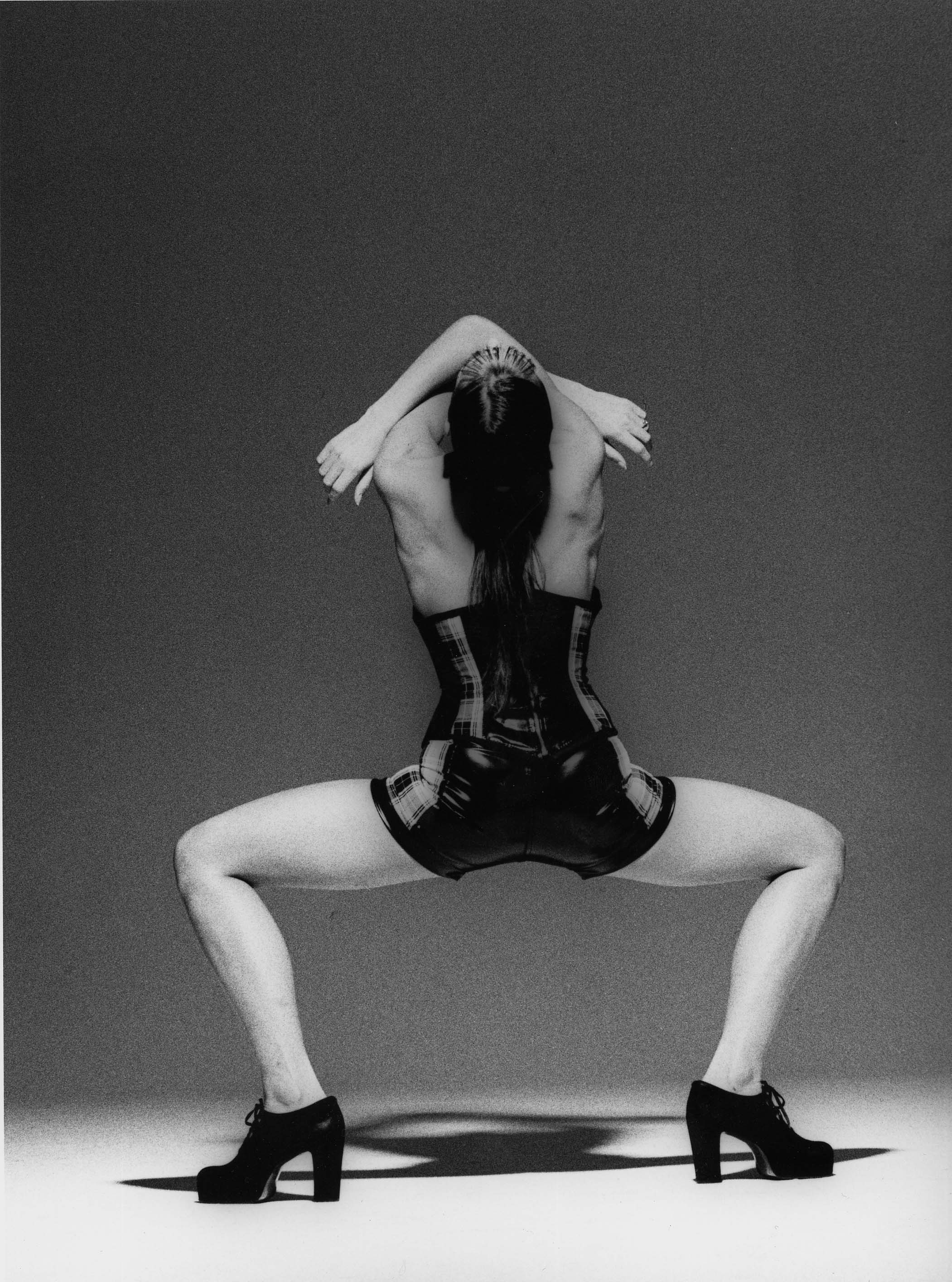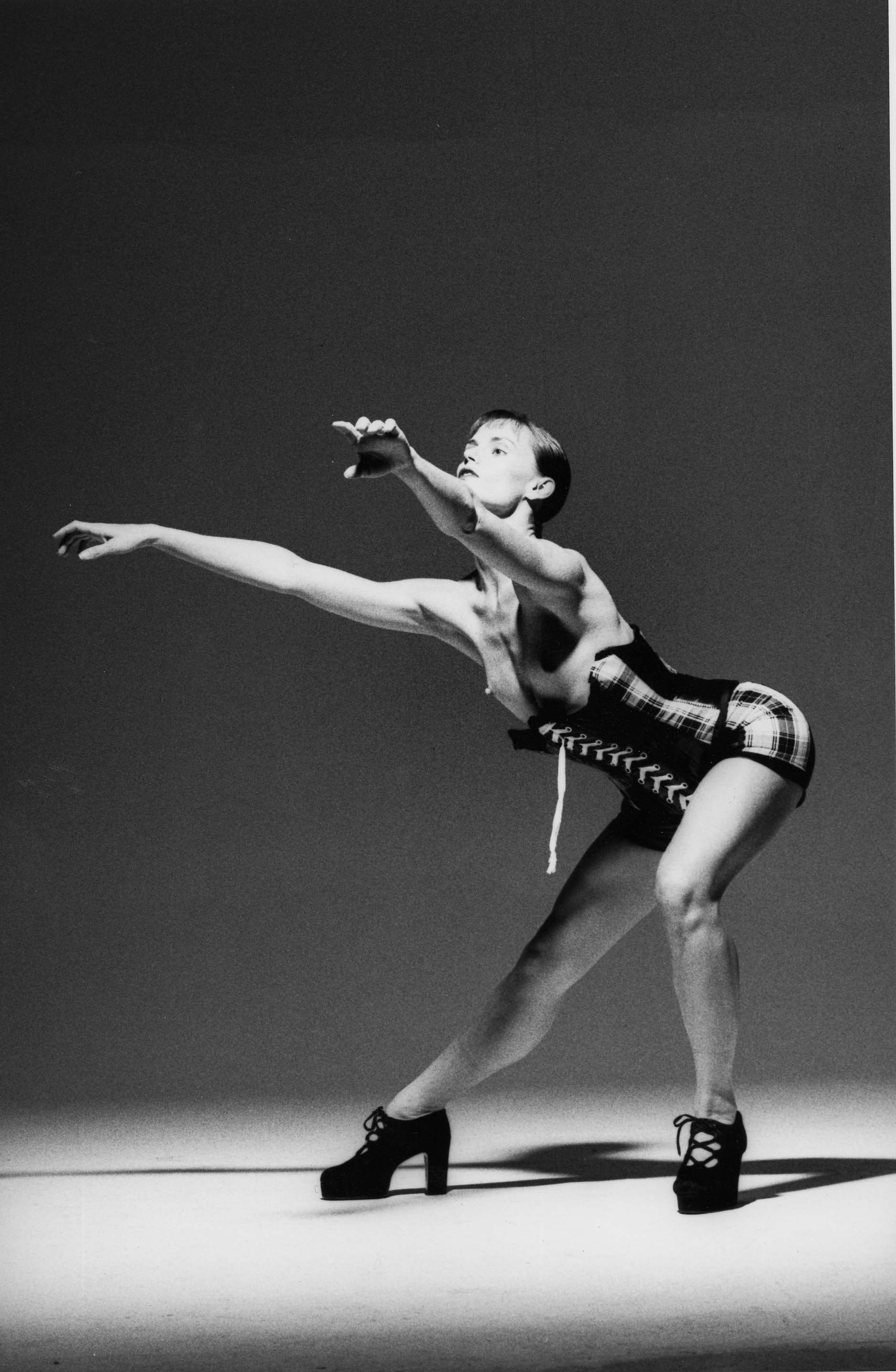Fast Idol 1995
Long before it grew to attain its status one of Australia's most recognisable and respected artistic institutions, Chunky Move began as a one-off project of two works presented as a double bill for the 1995 Melbourne Festival. Fast Idol was choreographed by Gideon Obarzanek, who would go on to become Chunky Move's artistic director, while Spectre in the Covert Memory was choreographed by Garry Stewart, now artistic director of Australian Dance Theatre. Together, this striking pair of works by two fast-rising talents announced the arrival of Chunky Move.
Creative Team
Choreography & Direction Gideon Obarzanek
Composition & Sound Design Antony Partos & Andrew Lancaster
Costume Design Brett Chamberlain
Lighting Design Geoff Cobham
Production Design Andrew Carter
Original Performers Narelle Benjamin, Lea Francis, Brett Daffy, Victor Bramich, Janine Dijkmeijer, Kathryn Dunn, Luke Smiles, David Tyndall
Artistic Director Gideon Obarzanek
Executive Producer Angharad Wynne-Jones
Production Manager Mark Mitchell
Stage Manager Annette Dale
World Premiere
20 October 1995 Melbourne
Presented by Chunky Move and Melbourne Festival
Touring Seasons
1995 Sydney
1996 Canberra
1997 Sydney
“Looking at Fast Idol is not unlike watching The Simpsons on TV -… the results are extraordinary … quirky as it looks at first sight, the sense of intelligence behind the fantasies makes Fast Idol an engrossing as well as an entertaining experience,” Sydney Morning Herald.
“Fast Idol seems to originate from and looks like fractured, crazy television shows or adult porn comics… Obarzanek seems to have a mountain of ideas here -– it really is a montage and any section could start a new work” The Australian.
“Fast Idol is as iconolclastic and bizarre as just about everything else (Obarzanek) has done, kowtowing to no-one, least of all choreographic conventions” The Age.
A note from Gideon Obarzanek.
A dance for sublime, pathetic and perverted romantics. As a child I was addicted to animated cartoons. Now as a choreographer working with bodies, space and emotions, I have found a renewed interest in this plastic-colour, slapstick artform. I now appreciate cartoons for their ability to graphically manifest the exterior of the character’s body, distorting its form and accentuating movement possibilities to describe the inner thoughts, emotion and actions of the character. This caricature of movement is brought more sharply into relief by the juxtaposition of other more sombre, private devotional acts and vulnerable idiots.
